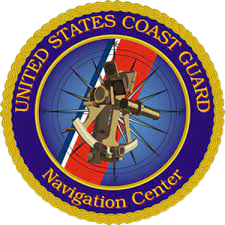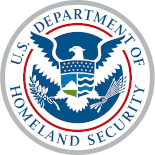The DSC protocol is defined by ITU-R Recommendation M.493 (series), available from the International Telecommunications Union in Geneva, Switzerland DSC operation is defined by ITU-R Recommendation M.541 (series).
| Click the Classes hyperlinks in blue to go to that Class. | ||||||
| A | B | D | E | |||
Class A: 
- Distress call
- All-ships call
- Individual station call
- Semi-automatic/automatic service call
- Use of distress, urgency, safety and routine priorities
- Nature of distress
- Distress coordinates
- Time for last (distress) position update
- Type of subsequent communications
- Distress relay
- Distress acknowledgment
- Test call (for MF/HF only)
- Radio frequency or channel
- Display
- Receive geographical area calls
- Alarm
- Optional means for canceling a distress alert
- Polling
- Position acknowledgement
- Test call
- Test acknowledgement
- Data
- Data acknowledgement
All DSC options provided. DSC capability on vessels required to carry a VHF or MF/HF DSC radio under SOLAS or US regulations. Class A includes polling and vessel tracking, data, and numerous other functions in addition to voice.
Class B: 
DSC capability on vessels required to carry a VHF DSC radio under SOLAS or US regulations, though most such radios in fact meet Class A. Class B required capabilities include:
- Distress call
- All-ships call
- Individual station call
- Semi-automatic/automatic service call
- Use of distress, urgency, safety and routine priorities
- Nature of distress
- Distress coordinates
- Time for last (distress) position update
- Type of subsequent communications
- Distress relay
- Distress acknowledgment
- Test call (for MF/HF only)
- Radio frequency or channel
- Display
- Receive geographical area calls
- Alarm
- Optional means for canceling a distress alert
DSC capability for VHF marine radios used by recreational vessels and other vessels not required to carry a VHF DSC radio. Class D required capabilities include:
- Distress call
- All-ships call
- Individual station call
- Use of distress, urgency, safety and routine priorities
- Nature of distress
- Distress coordinates
- Time for last (distress) position update
- Type of subsequent communications
- Radio VHF channel
- Display
- Receive distress relay and distress acknowledgment calls
- Alarm
- Distress acknowledgement (receive)
- Geographical area call (receive)
- Test call
- Test acknowledgement
DSC capability for HF marine radios used by recreational vessels and other vessels not required to carry an HF DSC radio. Class E required capabilities include:
- Distress call
- Individual station call
- Use of distress, urgency, safety and routine priorities
- Nature of distress
- Distress coordinates
- Time for last (distress) position update
- Type of subsequent communications
- Radio channel or frequency
- Display
- Receive distress relay and distress acknowledgment calls
- Test call
- Test acknowledgement

